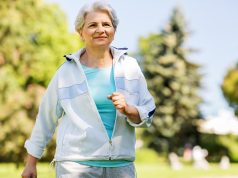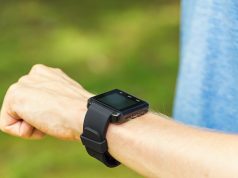Two years of high-intensity exercise tied to improved maximal oxygen uptake, reduced cardiac stiffness
MONDAY, Jan. 8, 2018 (HealthDay News) — Two years of high-intensity exercise training (ExT) is associated with improved maximal oxygen uptake and reduced cardiac stiffness in previously sedentary healthy middle-aged adults, according to a study published online Jan. 8 in Circulation.
Erin J. Howden, Ph.D., from the Texas Health Presbyterian Hospital in Dallas, and colleagues randomized 61 healthy, sedentary, middle-aged participants to two years of ExT or attention control (control); 53 participants completed the study. Left ventricular (LV) end-diastolic pressure-volume relationships (EDPVR) and Frank-Starling curves were defined using right heart catheterization and three-dimensional echocardiography. Changes in fitness were quantified using maximal oxygen uptake.
The researchers found that there was 88 ± 11 percent adherence to prescribed exercise sessions. Maximal oxygen uptake increased by 18 percent (ExT: 34.4 ± 6.4; control: 28.7 ± 5.4; P < 0.001), while there was a reduction in LV stiffness in the ExT group (right/downward shift in the EDPVR: ExT: pre- to post-stiffness constant: 0.072 ± 0.037 to 0.051 ± 0.0268; P < 0.0018) but not in controls (pre- to post-stiffness constant: 0.0635 ± 0.026 to 0.062 ± 0.031; P = 0.83). LV end-diastolic volume was increased by exercise (P < 0.001), while there was no change in pulmonary capillary wedge pressure, resulting in greater stroke volume for any given filling pressure (P = 0.007).
“In previously sedentary healthy middle-age adults, two-years of exercise training improved maximal oxygen uptake and decreased cardiac stiffness,” the authors write.
Copyright © 2018 HealthDay. All rights reserved.








